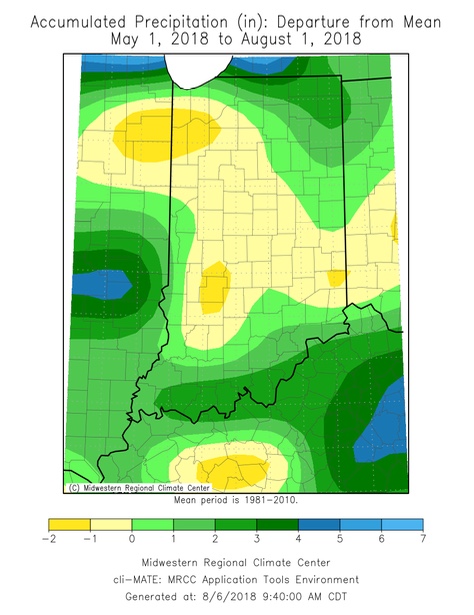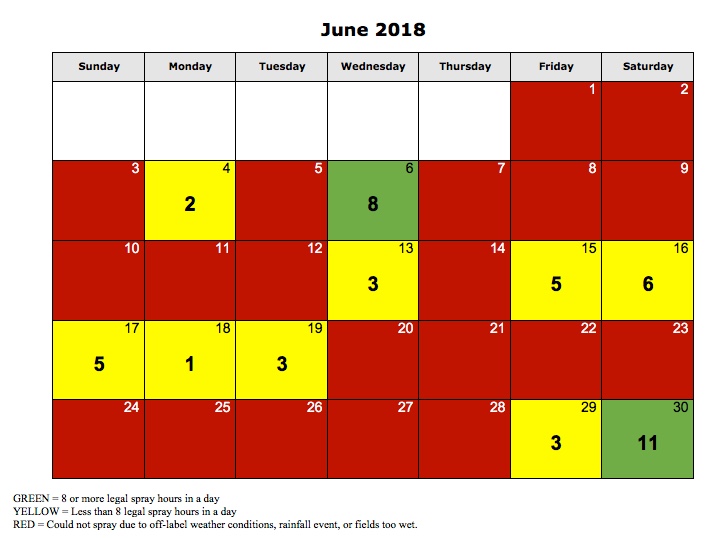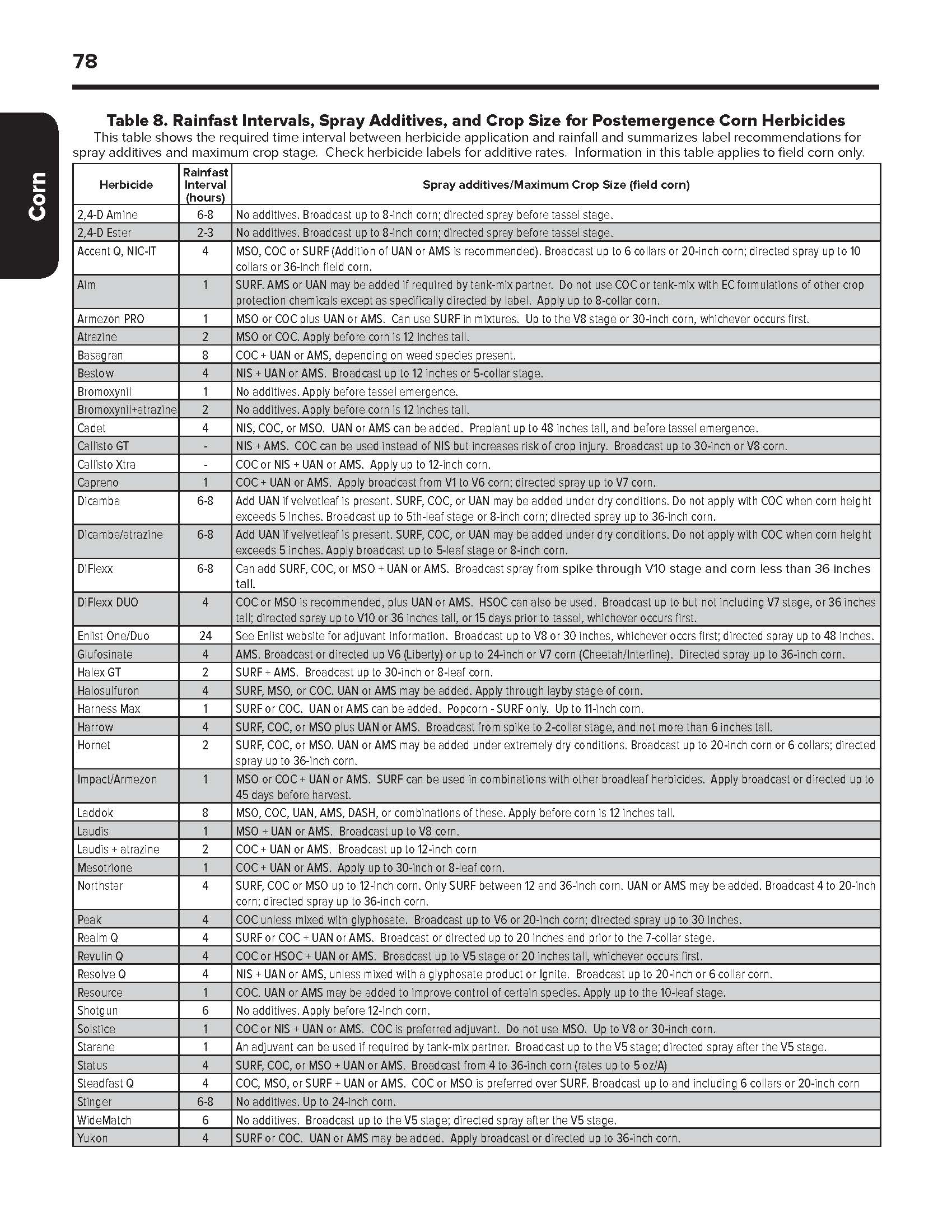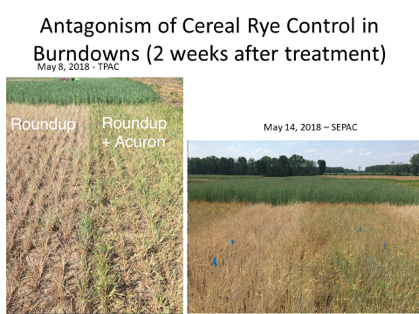Ohio, Indiana, and Illinois are heavily infested with weeds resistant to glyphosate (group 9), PPO inhibitors (group 14), and ALS inhibitors (group 2). This has greatly reduced the number of effective postemergence herbicides for controlling these weeds in Roundup Ready 2 (RR2) soybeans.
Joe Ikley

On October 31st, the EPA approved revised labels for Xtendimax, Engenia, and FeXapan for the 2019 and 2020 growing seasons. The labels will expire in December of 2020.

Even with some recent rainfalls across the state, many areas across Indiana are still experiencing a drier than normal planting season (Figure 1).

Now that we are in the middle of July and most herbicide applications in corn and soybean should have ended, we wanted to take a look back at June this year. Specifically, we wanted to look at the weather this past June with regards to the labels for Engenia, FeXapan, and Xtendimax.
As most of you are aware, we are monitoring the dicamba and Xtend soybean situation fairly closely. There have been a number of articles in the press recently regarding drift complaints and acreage affected in other states.

Many people have commented that we have the best stands of corn and soybean across the state that we have seen in many years.

After a delayed start to our planting season, we were able to plant both corn and soybean across the state in record or near-record time during May. This coincided with our hottest May on record, which was also dry in many areas of the state.

We’ve received several calls this year about reduced herbicide efficacy, specifically with glyphosate and glyphosate mixtures when sprayed either during cool temperatures or just after a cold spell.
Every year we get several cases of herbicide drift from burndown applications on homeowner trees, shrubs, flowers, and vegetables.
https://extension.entm.purdue.edu/newsletters/pestandcrop/wp-content/uploads/sites/2/2018/05/Rain_16_May_2018.jpg
© 2025 Purdue University | An equal access/equal opportunity university | Copyright Complaints | Maintained by Pest&Crop newsletter
If you have trouble accessing this page because of a disability, please contact Pest&Crop newsletter at luck@purdue.edu.


